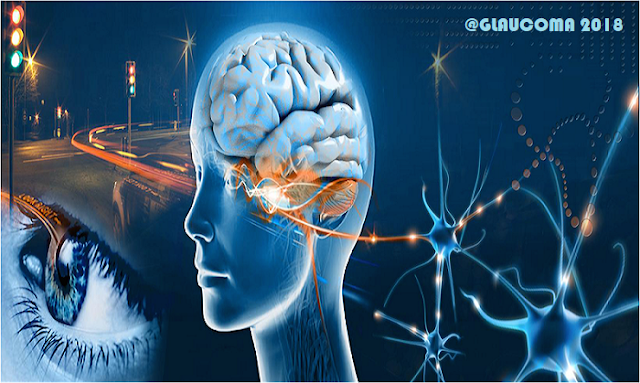Glaucoma
is the main cause of blindness worldwide as a generic form of optic neuropathy.
Presently, there is no exact remedy for glaucoma. Damage to optic nerve and retinal
ganglion cells caused by it is everlasting. As the stem cells can divide
indefinitely and separate into various cell types, so they can be used easily
for cell-replacement therapy. Recent innovations in stem cell research shows
generation of pluripotent stem cells by reprogramming technology from adult
somatic cells and these have opened new therapeutic potentials.
The
retina of the eye is an important tissue which senses light and then sends the visual
info to the brain. Any damage to these retinal cells can cause various eye
diseases such as glaucoma and macular degeneration, that can eventually lead to
blindness and vision loss. Researchers are in a way to find a replacement or
preservation of damaged retinal cells to treat these eye diseases. Stem cells can
be useful because they can be triggered to turn into any type of cell. Scientists
guided stem cells into becoming retina cells successfully in a laboratory in 2010.
It is expected that they could be delivered into the damaged eye as a substitute
and be preserved damaged retina cells later.
So, in another way, stem cells may be
helpful for glaucoma patients. They can be turned into trabecular meshwork
cells in the front of the eye and resettled in a way to lower the pressure of
eye. Again, this might be a motivating approach but is not basically about
vision restoration. To restore and protect the vision, stem cells should be
applied in the back of the eye, at the retina. Thus, stem cells may have a
greater impact. Firstly, they may guard the retinal ganglion cells from
degenerating providing a neuroprotective effect early in the disease. Secondly,
when patients have lost significant numbers of optic nerve axons and retinal
ganglion cells, leading to lose the vision, stem cells may be beneficial to
replace the gone ganglion cells and reestablish eye to brain connections. This method
of regrowing optic nerve fibers back to the brain is the most challenging but
it is also the most interesting technique.
Though researchers have had achievement in isolating
and maintaining retina stem cells in the laboratory previously, there are still
many problems that is required to overcome, like the delivery method of stem
cells, integration of them with remaining cells inside the eye and eliminate the
chance of immune rejection. However, ongoing researches on biomaterials may recover
the stem cell integration and may overcome these hurdles.

Nice post
ReplyDeleteThanks for this eye care tips. Generic Latisse Online can be useful for better eye sight.
ReplyDeleteI Can't still believe that i got cured from Genital Herpes through herbal treatment from Dr muthuka who I met through the internet, I actually couldn't believe it at first because it sounded impossible to me knowing how far I have gone just to get rid of it. Dr muthuka send me his medicine which I took as instructed and here I am living a happy life once again, a big thanks to Dr muthuka, I am sure there are many herbal doctors out there but Dr muthuka did it for me, contact him muthukaherbalhome@gmail.com you can also call or whatsApp him on +2349039175109https://www.facebook.com/Muthukaherbalremedy/
ReplyDeletehttps://drmuthukaherbalcenter.webs.com/https://www.facebook.com/HerpesandHPVcure/?modal=admin_todo_tour